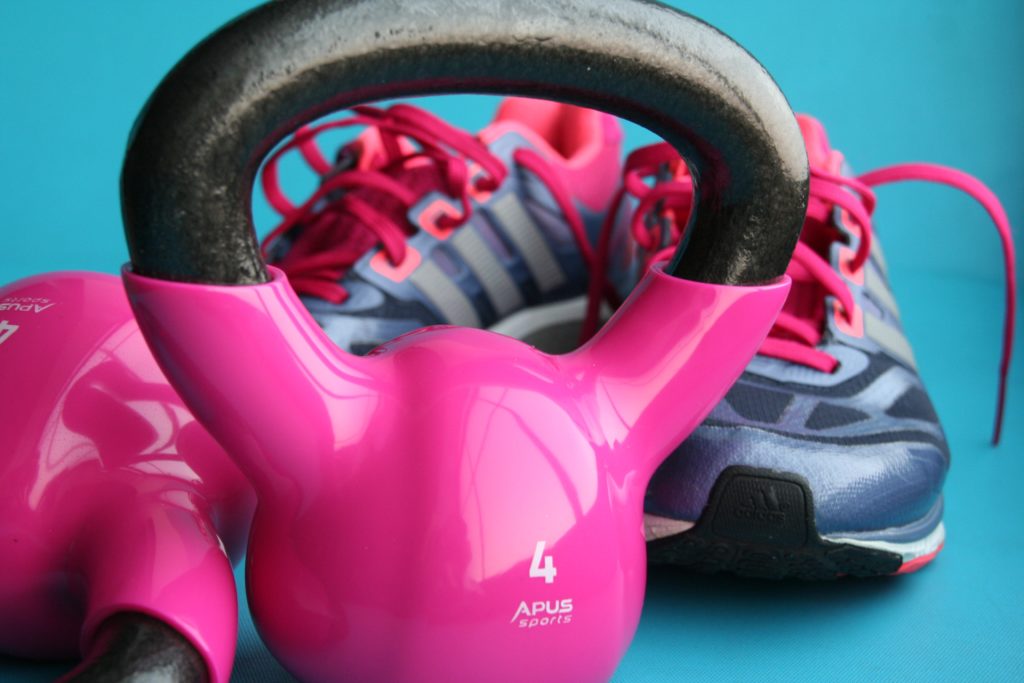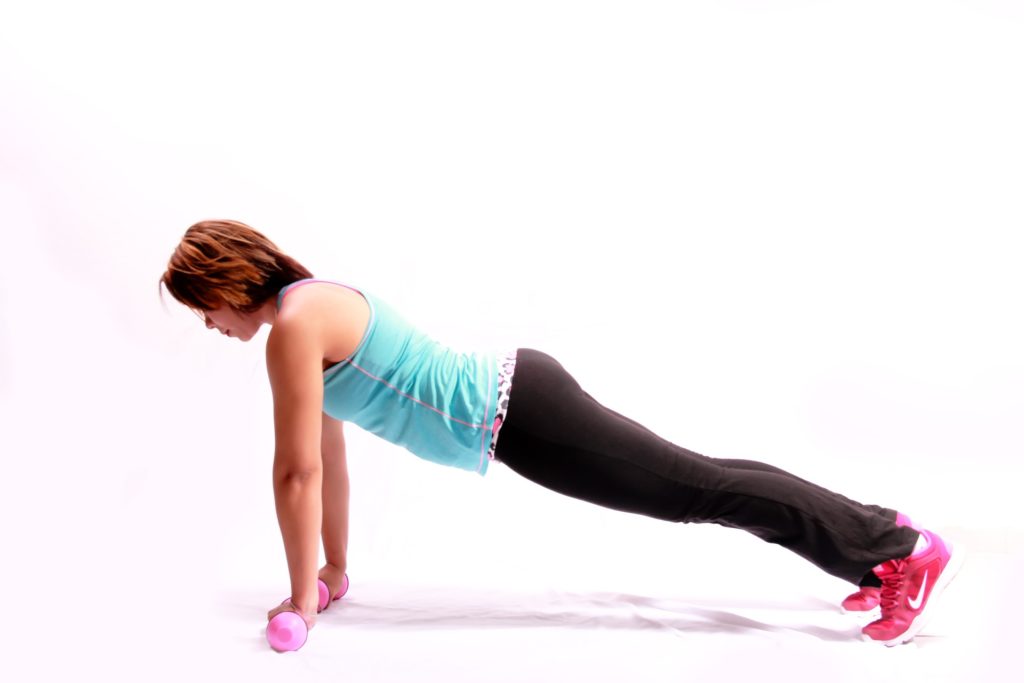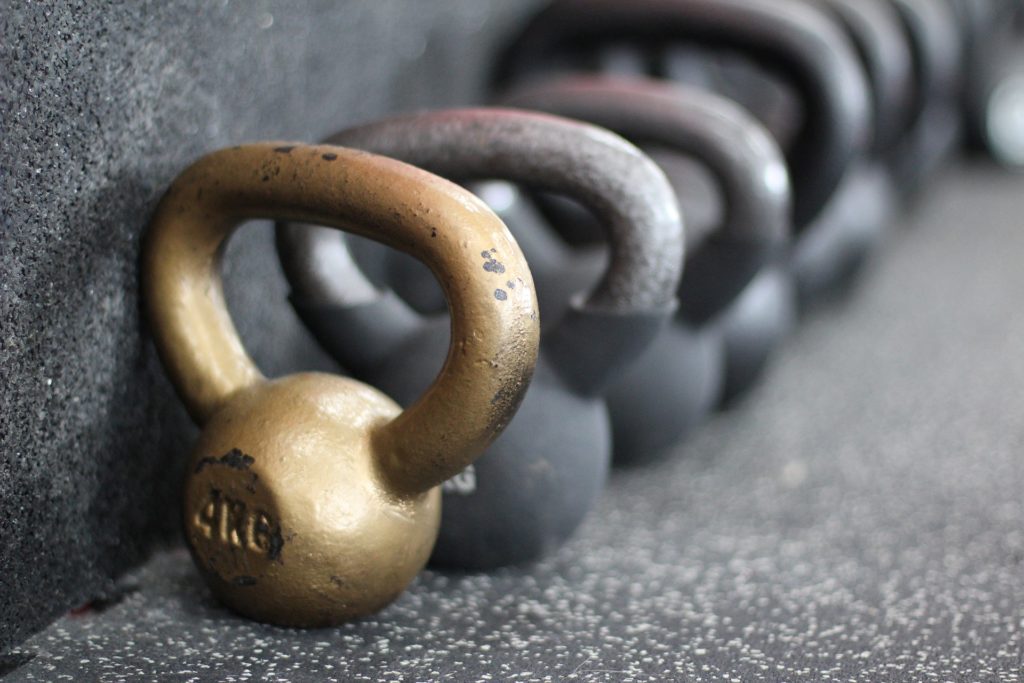
Did you know that after age 40-50, your body begins losing muscle at an average rate of 5% per decade?! And, it can result in up to 30-40% loss of functional strength over the lifespan!! How would this affect your mobility, self-esteem, and quality of life? This process of muscle deterioration, called sarcopenia, is considered to be a normal part of the aging process. The muscles get smaller due to the loss of muscle fibers and shrink due to inactivity. Your actual physical strength declines. That is bad news for many reasons. Weak muscles increase the risk of injury, and injuries can be debilitating and occur at any age.
But, loss of muscle mass (atrophy), also results in a slowed metabolism. YIKES!!
That’s exactly right… your fat burning machine slows down, making it even easier to pack on pounds.
Your body is burning calories all day long for normal body functions like breathing, producing blood cells and regulating temperature. But as muscle mass declines, so does metabolism. Muscle burns more calories at rest than fat, therefore, the more muscle you have, the more calorie burn potential you possess. So, if we allow this natural process of sarcopenia to occur, you can expect your metabolism to take a nosedive once you hit your 40s or 50s. For most, this is quite a frustrating dilemma.
The good news is that we don’t have to fall victim to sarcopenia. You don’t have to surrender to unwanted weight gain. It is not hopeless. Research shows that YOU can not only halt the decline of muscle deterioration but actually improve it! The solution is not a product sold in a bottle at the drugstore, a specific food/beverage, or even a prescription given to you by your doctor.
Strength training is the magic formula!
Not only will you help improve muscle strength, maintain or slow decline in metabolism, and tone up, but the benefits go even further. The American College of Sports Medicine identifies that,
“Regular resistance training can decrease the risk of heart disease by lowering body fat, decreasing blood pressure, improving cholesterol, and lowering the stress placed on the heart while lifting a particular load.”
With all these amazing incentives, why do many of us forget to include strength training in our exercise routine?

Common reasons people do not to include resistance training into their lifestyle:
- I can’t afford to work with a personal trainer.
- I don’t have access to a gym with weight machines and free weights.
- I don’t want to embarrass myself by looking like I don’t know what I am doing at the gym.
- I have knee and joint problems.
- I don’t know what kinds of exercises to do other than bicep curls and chest press.
- I barely have time for a walk around the block so adding resistance training feels overwhelming.
Can you identify?
All of us want an amazing quality of life. We want to live well, enjoy today, exude confidence and look with expectation to our tomorrows. Strength training can be a fundamental element of our healthy lifestyle and doesn’t have to be intimidating. If you are young, including resistance training in your physical activity each week is a proactive measure to keeping your body fit, strong and your metabolism alive! If you are a mature adult and embracing the latter half of your life, it is never too late to begin or recommit to a strength training routine. The benefits are available the first day you begin!
Be encouraged that strength training does not only include traditional free weights and machines but can also be performed using exercise bands, your own body weight, medicine balls and even household products like a water bottle or aluminum cans. You are not disqualified from the practice if you don’t own a gym membership.
The American College of Sports Medicine has created guidelines and recommendations for individuals to enhance strength, performance, and quality of life while reducing health risks associated with inactivity. Based on medical research the following ACSM resistance training guidelines are stated:
- Minimum of 2 non-consecutive but ideally 3 days each week.
- 8-10 exercises that target major muscle groups (chest, back, quadriceps, hamstrings, etc.).
- 8-12 repetitions per set- healthy adults.
- 10-15 repetitions per set- frail or older adults.
Also recommended is a fitness assessment to determine fitness level and what types of strength exercises are appropriate. Gradually increase intensity as training goals are met.

If you are not in a habit of including strength training, there is no better time to start than now. Your first step should always be assessment and clearance from a healthcare provider. There are various factors that may interfere with a healthy exercise program including use of blood pressure medications, pain in chest or joints, or dizziness with some activities.
Workouts don’t need to be lengthy in order to see great results. In fact, depending on the pace of your exercises, it can take as few as 20 minutes AND the American College of Sports Medicine warns that working out to “extreme fatigue” increases the risk of injury, especially in older adults.
In order to experience the long-term benefits of strength training, it is essential to be consistent with the practice. A fitting expression, “use it or lose it” clearly depicts what is occurring physiologically when we neglect our muscles.
If you are already in the habit of getting aerobic activity, CONGRATS- research shows you are already on your way to living longer! This type of physical activity is a fantastic way to burn calories right now and boost cardiovascular health (keep your heart pumping), but anaerobic activity (strength/resistance training) has a different set of benefits and to leave this part out of the equation is a loss- of muscle mass, bone mass, balance, and agility. I also would propose that doing a little bit of weight lifting has the potential to boost your self-esteem as well. Has anyone ever admired someone’s toned arms or calves?
What are some ways to include resistance training in your workouts?
- Work out program or exercise dvd- choose one with a qualified exercise professional that incorporates resistance training into the workout. This is a great option for travel and when your schedule does not allow you to leave your home.
- Strength training class- at a gym or community center. This is a great opportunity for clear instruction, encouragement, and support, access to a variety of weights and bands to meet your needs, and to ask questions about proper form.
- Online demo videos/instruction- The CDC has numerous short videos you can watch that explain how to use a variety of weight machines as well as resistance training exercises for the home workout.
- Qualified sports or exercise scientist/trainer- offers a wealth of knowledge and expertise. They can create a customized plan for you based on your goals and fitness level.
Investing in the improvement of your muscle mass now will produce a wealth of benefits.
You can keep your metabolism working for you.
You can boost your confidence and physical fitness.
You can reduce your body fat!
You can embrace each birthday with vitality.
This is one step. Take it and don’t look back.
TRUTH: He gives strength to the weary and increases the power of the weak. —Isaiah 40:29 (NIV)
